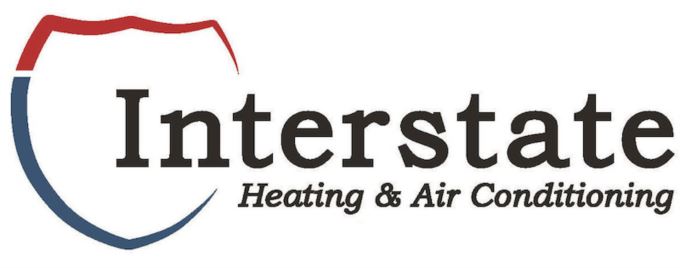
A furnace is usually a background player in your home, keeping you warm across the cold winter months. It frequently isn't noticed until something goes wrong.
One cause may be that your furnace has a cracked heat exchanger. It can potentially be hazardous, so it’s worthwhile to know the signs of a cracked heat exchanger and what you should do if you believe that might be the problem.
What Is a Heat Exchanger in a Furnace?
A heat exchanger helps move heat from the combustion chamber inside your furnace to the air that flows inside the ventilation. It generally accomplishes this with coils or tubes that heat the air while serving as a barrier to keep the gasses formed in the combustion chamber, called flue gasses, from escaping out into your home.
Is a Cracked Heat Exchanger Dangerous?
Given its central role, it’s no surprise that a cracked heat exchanger can be very dangerous. Cracks in the heat exchanger can enable dangerous gasses – such as carbon monoxide, which can be lethal – to circulate across your home.
For that reason, do NOT use your furnace if you suspect there's a crack in the heat exchanger, as letting it run could make your entire household sick. Reach out to an HVAC professional as soon as possible if you think your heating has a cracked heat exchanger that needs to be repaired.
Four Signs of a Cracked Heat Exchanger:
- Furnace switches off: A cracked heat exchanger may cause your furnace to switch off.
- Unusual Smells: If the air escaping your furnace has an intense chemical scent, it might be evidence gas is slipping through cracks in your heat exchanger. These gasses, which may smell like formaldehyde, are a common warning sign.
- Carbon monoxide alarm goes off or you feel health problems: If a cracked heat exchanger is releasing carbon monoxide into your home, your carbon monoxide alarm may go off or household members may start experiencing signs of carbon monoxide poisoning. Side effects include headaches, dizziness, weakness, nausea, vomiting or feeling sleepy. If your alarm goes off or you feel unwell, get out of the home immediately and then call for help.
- Soot: If you see black sooty collecting near the exterior of your furnace, it’s more evidence something could be seriously wrong.
What You Should Do if Your Furnace Heat Exchanger is Cracked
If you worry your furnace has a cracked heat exchanger, contact a professional with extensive experience in furnace installation Omaha as soon as possible so they can take a look at your system and, if necessary, start a furnace heat exchanger replacement. Costs often vary depending on the situation, but estimates often hover around $1,000 to $3,000.
Estimates aside, the good news is that heat exchangers are generally protected by the warranty. You should review the warranty paperwork on your furnace, because while the warranty may not cover the entire cost of repairs, it still may significantly reduce your bill.
How to Avoid a Cracked Heat Exchanger in Your Home
One of the best ways to prevent a problem in your furnace overall is via routine furnace maintenance. Furnaces offer the most benefits when they work efficiently. Calling a skilled professional to inspect your furnace for worn-out parts, dirty filters and other potential problems can keep you from getting a big bill later on.
It’s also a good idea to inspect your furnace filters every few months – it’s encouraged some filters be swapped out every 90 days or sooner if they are dirty or grimy. While the filters aren't a part of the heat exchanger itself, the strain of drawing air through a clogged filter makes the entire furnace work more vigorously to complete its job. And the harder your furnace works, the more deterioration parts like the heat exchanger will endure.
